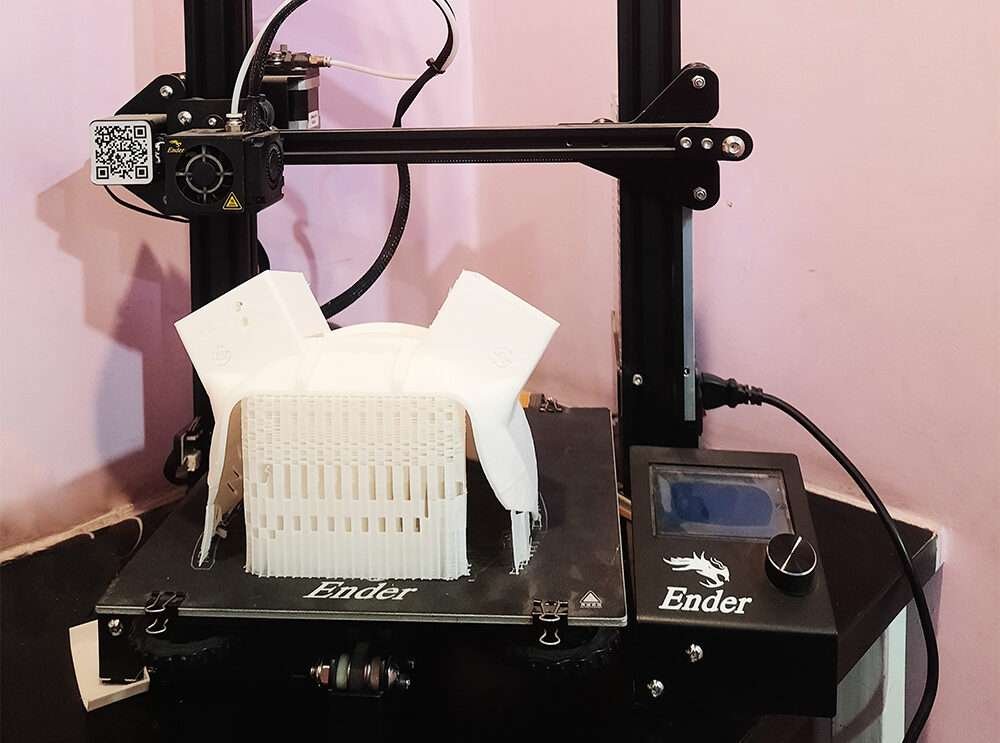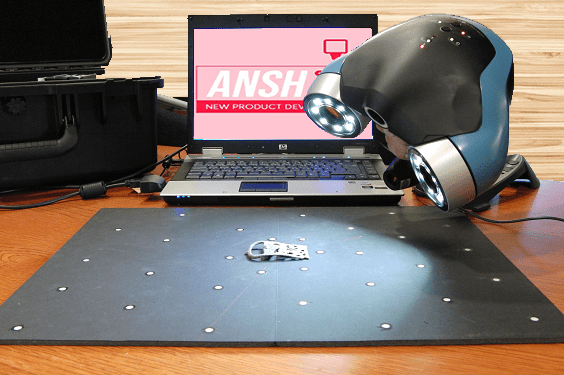
Exploring the World of FDM 3D Printing: A Comprehensive Guide
The world of 3D printing has revolutionized various industries, from manufacturing to healthcare. Among the numerous 3D printing technologies available, Fused Deposition Modeling (FDM) stands out as one of the most popular and accessible methods. In this article, we will delve into the intricacies of FDM 3D printing, exploring its process, advantages, limitations, applications, and future prospects.
Understanding FDM 3D Printing
Fused Deposition Modeling (FDM), also known as Fused Filament Fabrication (FFF), is an additive manufacturing process that builds objects layer by layer. It utilizes a thermoplastic filament, typically made of materials like PLA or ABS, which is melted and extruded through a nozzle onto a build platform. As the material solidifies, subsequent layers are added until the desired object is fully formed.
How FDM Works
The FDM process begins with a 3D model created using computer-aided design (CAD) software. The model is sliced into multiple 2D layers, and these layers serve as instructions for the 3D printer. The printer heats the filament to its melting point, and the extruder moves along the prescribed path, depositing the molten plastic layer by layer. Once the printing is complete, support structures are removed, and post-processing can be performed, such as sanding or painting, to enhance the final appearance.
Advantages of FDM 3D Printing
FDM 3D printing offers several key advantages:
a) Cost-effective: FDM printers are relatively affordable compared to other 3D printing technologies, making it more accessible to individuals, hobbyists, and small businesses.
b) Material Variety: FDM printers can utilize a wide range of thermoplastics, enabling the creation of functional prototypes and end-use parts with varying mechanical properties.
c) Easy to Use: FDM printers are user-friendly, making them suitable for beginners and enthusiasts. The process is straightforward, often requiring no specialized knowledge or technical expertise.
d) Large Build Volume: FDM printers are available in various sizes, providing flexibility in printing objects of different dimensions.
Limitations and Challenges
While FDM 3D printing has numerous advantages, it also has some limitations
a) Lower Resolution: Compared to other 3D printing technologies, FDM tends to produce lower resolution prints, resulting in visible layer lines and reduced fine-detail accuracy.
b) Support Structures: Certain geometries and overhangs may require support structures during the printing process, which must be removed afterward, adding time and effort to post-processing.
c) Material Limitations: FDM is primarily limited to thermoplastics, which may not possess the desired properties for certain applications. However, advancements in materials have expanded the possibilities in recent years.
Applications of FDM 3D Printing
FDM finds applications across various industries:
a) Prototyping: FDM is widely used for rapid prototyping, allowing designers and engineers to quickly iterate and test their designs before committing to expensive manufacturing processes.
b) Manufacturing Aids: FDM can produce jigs, fixtures, and tooling, aiding in assembly, quality control, and production line efficiency.
c) Education: FDM printers have become valuable tools in educational settings, introducing students to the world of 3D design and manufacturing.
d) Customization and Personalization: FDM enables the production of personalized products with unique designs, catering to individual preferences and needs.
The Future of FDM 3D Printing
FDM technology continues to evolve rapidly, addressing its limitations and expanding its capabilities. Companies are developing high-resolution FDM printers, improving material options, and enhancing post-processing techniques. Additionally, advancements in multi-material printing and FDM-compatible composites are unlocking new possibilities for complex and functional 3D printed objects.
Material Considerations
When choosing materials for FDM 3D printing, it’s important to consider factors such as strength, flexibility, temperature resistance, and aesthetic qualities. Common thermoplastics used in FDM include PLA (Polylactic Acid) and ABS (Acrylonitrile Butadiene Styrene), but there are also a variety of specialty filaments available, including PETG, TPU, nylon, and more. Each material has its own characteristics and is suitable for different applications. For example, PLA is popular for its ease of use and eco-friendliness, while ABS offers greater strength and durability.
Print Parameters and Settings
To achieve high-quality prints with FDM, it’s necessary to optimize print parameters and settings. Factors such as layer height, print speed, nozzle diameter, infill density, and temperature all affect the final outcome. Finer layer heights result in smoother surfaces but may increase print time, while adjusting print speeds can balance speed and quality. Furthermore, tweaking temperature settings ensures proper filament extrusion and adhesion to the build plate. Experimenting with these settings and understanding their impact on print quality is crucial for achieving desired results.
Post-Processing Techniques
After an FDM print is complete, post-processing techniques can be employed to improve the final appearance and functionality of the object. Some commonly used post-processing methods include sanding or filing to smooth out layer lines, acetone vapor smoothing for ABS prints, painting or coating to add color and protect the surface, and even applying various finishing techniques like polishing or plating. Additionally, post-processing may involve removing support structures, which can be achieved by manual or automated means depending on the complexity of the design.
Hybrid Approaches
FDM 3D printing can be combined with other manufacturing processes to create hybrid approaches that leverage the strengths of different technologies. For example, combining FDM with CNC machining allows for the creation of functional prototypes with precise features and intricate details. Similarly, incorporating FDM-printed components into traditional manufacturing processes like injection molding or casting can significantly reduce costs and lead times.
Sustainability and Recycling
As environmental concerns grow, efforts are being made to improve the sustainability of FDM 3D printing. PLA, a popular filament material, is derived from renewable resources such as cornstarch or sugarcane, making it biodegradable and compostable. Additionally, advancements in filament recycling and closed-loop systems enable the reuse of waste prints and support materials, reducing overall material waste and promoting a more sustainable approach to 3D printing.
Open-Source Community
One notable aspect of FDM 3D printing is the strong open-source community surrounding it. Many enthusiasts, hobbyists, and professionals actively contribute to developing new hardware designs, software solutions, and material innovations. This collaborative environment has led to the availability of affordable DIY printer kits, extensive online resources, and a culture of sharing knowledge and experiences.
FDM 3D printing has transformed the way we prototype, manufacture, and innovate. Its accessibility, versatility, and constant technological advancements have propelled it to the forefront of additive manufacturing. As research and development continue, we can expect even greater improvements in print quality, materials, and applications, further expanding the possibilities of FDM 3D printing in diverse fields and industries.
Fused Deposition Modeling (FDM) 3D printing has played a significant role in the democratization of additive manufacturing. Its affordability, versatility, and ease of use make it an ideal choice for hobbyists, enthusiasts, educators, and even some professional applications. While FDM has its limitations, it remains a powerful tool for rapid prototyping, manufacturing aids, and customization. As technology advances, we can expect FDM to continue pushing boundaries and contributing to innovative solutions in various industries.





